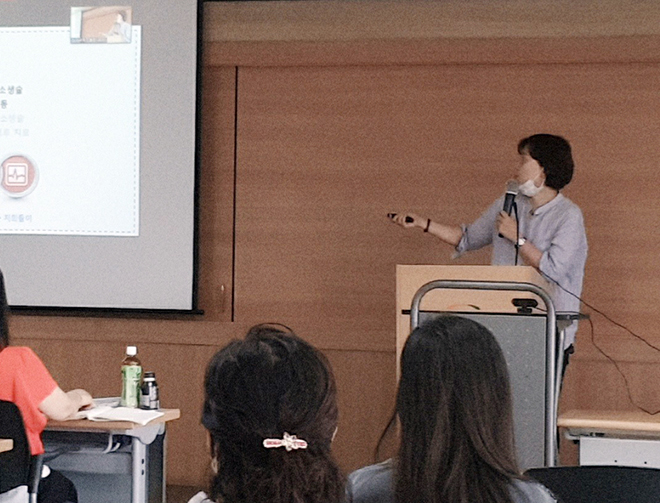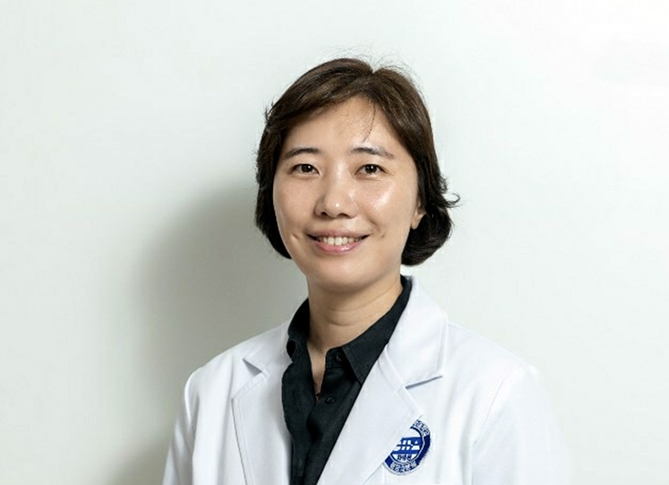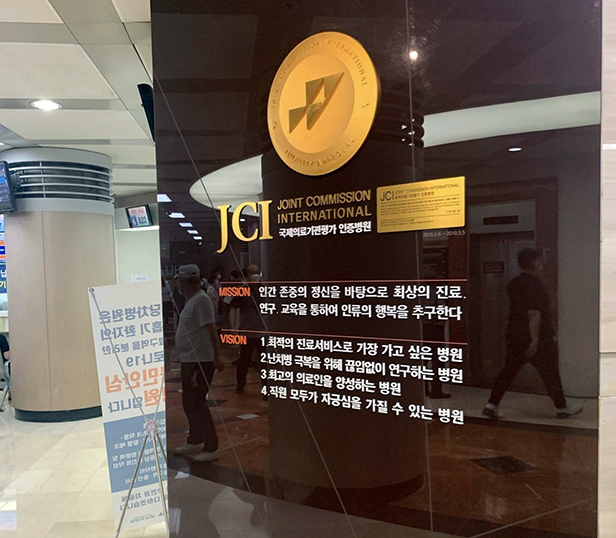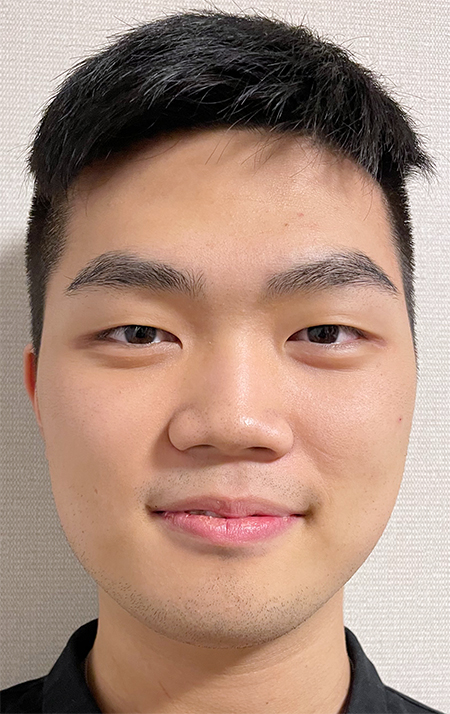As the race is on to vaccinate the world, shortcuts, or alternatives on vaccinations have erupted on a variety of issues. There are some negative examples such as people cutting in line to get vaccinated or countries using vaccination diplomacy (the use of vaccines to improve a country's diplomatic relationship and influence of other countries) for political means. But there have also been some positive shortcuts as it was discovered that an extra vaccine dose could be extracted out of Pfizer or AstraZeneca vials with the use of a low dead space (LDS) syringe. How do LDS syringes work and could these state-of-the-art syringes result in a breakthrough to speed-up inoculations?

LDS syringes are generally not widely used except in niche medical specialties such as fertility treatments where it is costly to waste even a minimal amount of drugs. Basically, during the injection of a vaccine, a small amount of it can linger in what’s known as the “dead space” between the plunger and needle. The dead space is minimized by LDS syringes which results in less drug waste. This facet of the syringe’s design allows them to squeeze out six doses from a Pfizer vial instead of five and 12 doses from an AstraZeneca vial instead of 10.

To get more insight into this issue, I recently visited Cha Medical Center to attend a presentation given by the Department of Pediatric Emergency Medicine in coordination with the Joint Commission International (JCI), a global leader for healthcare quality of care and patient safety that offers education to healthcare professionals. After first going over the possibility of pediatric COVID-19 vaccinations in the future, the speaker, Dr. Sohyun Paek, explained that the use of LDS syringes could possibly stretch out a limited supply of a much-needed vaccine to inoculate more people faster. However, there still exists a supply problem as the availability of LDS syringes is so limited globally. Furthermore, multinational pharmaceutical companies are actually providing countries with less vials of vaccinations than initially contractually promised as they have started to count the extra dose as a full dose once they became aware that extra shots could be squeezed out.

During the Q&A session, I inquired if the supply problem existed in South Korea, Dr. Paek replied that there was enough production domestically but that actual vaccines of both Pfizer and AstraZeneca were in short supply and that issues of side-effects such as blood clotting had slowed down the innoculations as health authorities have had to investigate illnesses. In fact, the country has such a surplus of LDS syringes that the government has used the export of syringes to other countries as a bargaining chip to secure more COVID-19 vaccines. Contracts have been signed to export over 250 million Korean-made LDS syringes to more than 20 countries across the world with Japan accounting for about 80 million purchases.

With the technology available, the mobilization of resources seems to be the only obstacle to inoculate more people. Dr. Paek used the analogy that when there are fires burning out of control, every drop of water counts so you have to use as much as you can as quickly as you can. Every drop of vaccine matters and this affects billions of people worldwide as many countries do not have enough doses to come anywhere near herd immunity.
As the fight against this pandemic continues, innovative technologies such as LDS syringes can lead the way to inoculate populations faster and hopefully there will be more instances of creative shortcuts to assist with the global shortfall of vaccines.

Francisco Choi
11th Grade
Seoul International School

